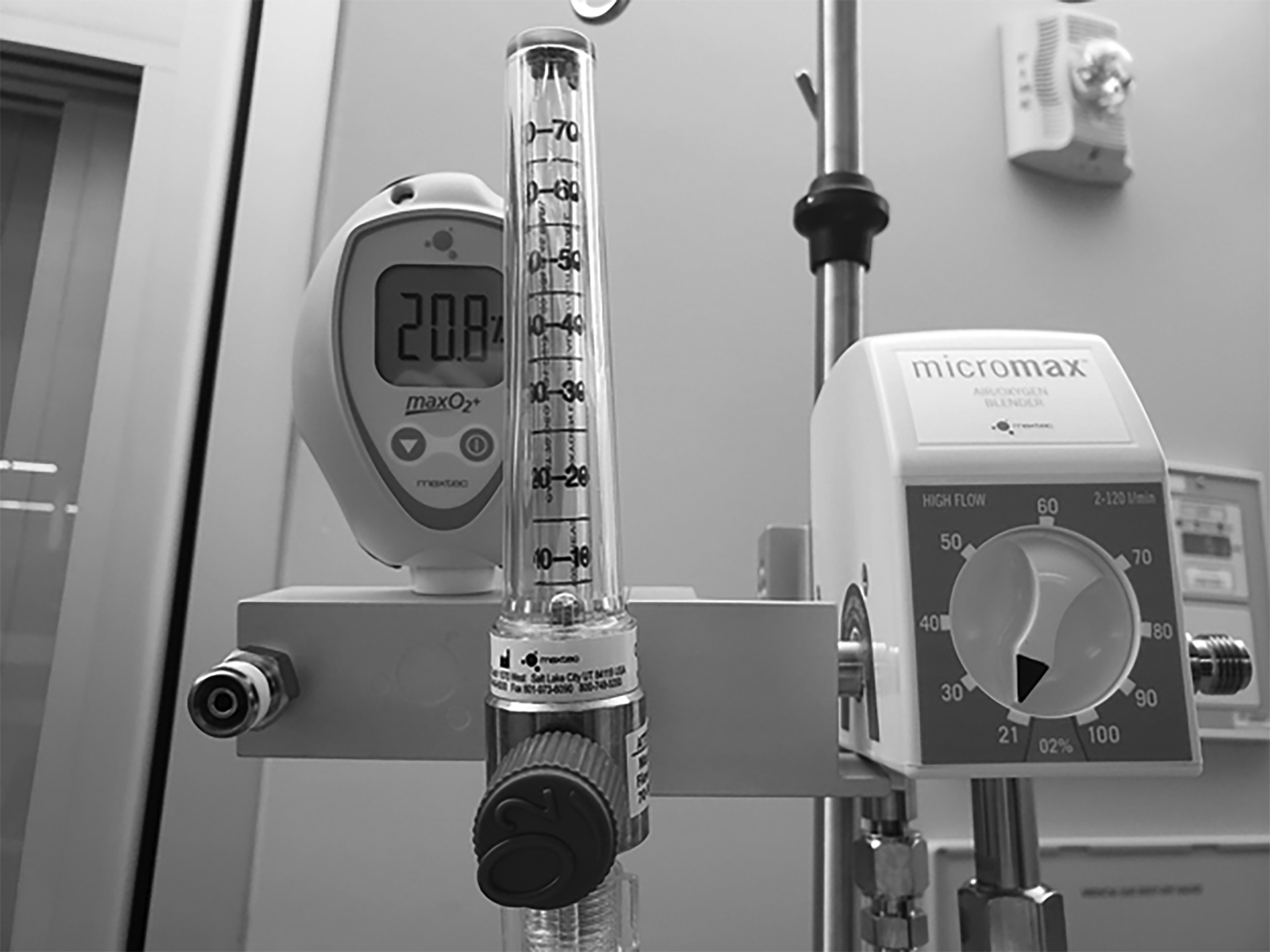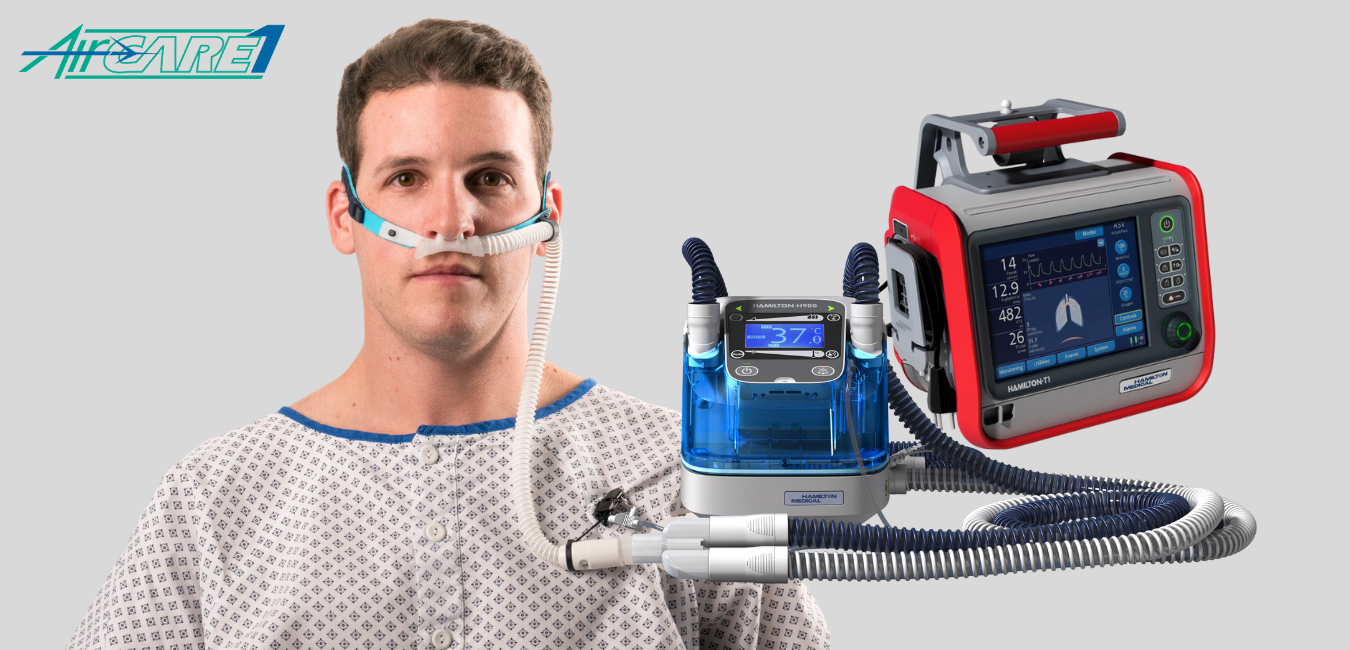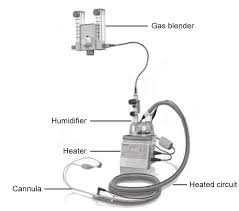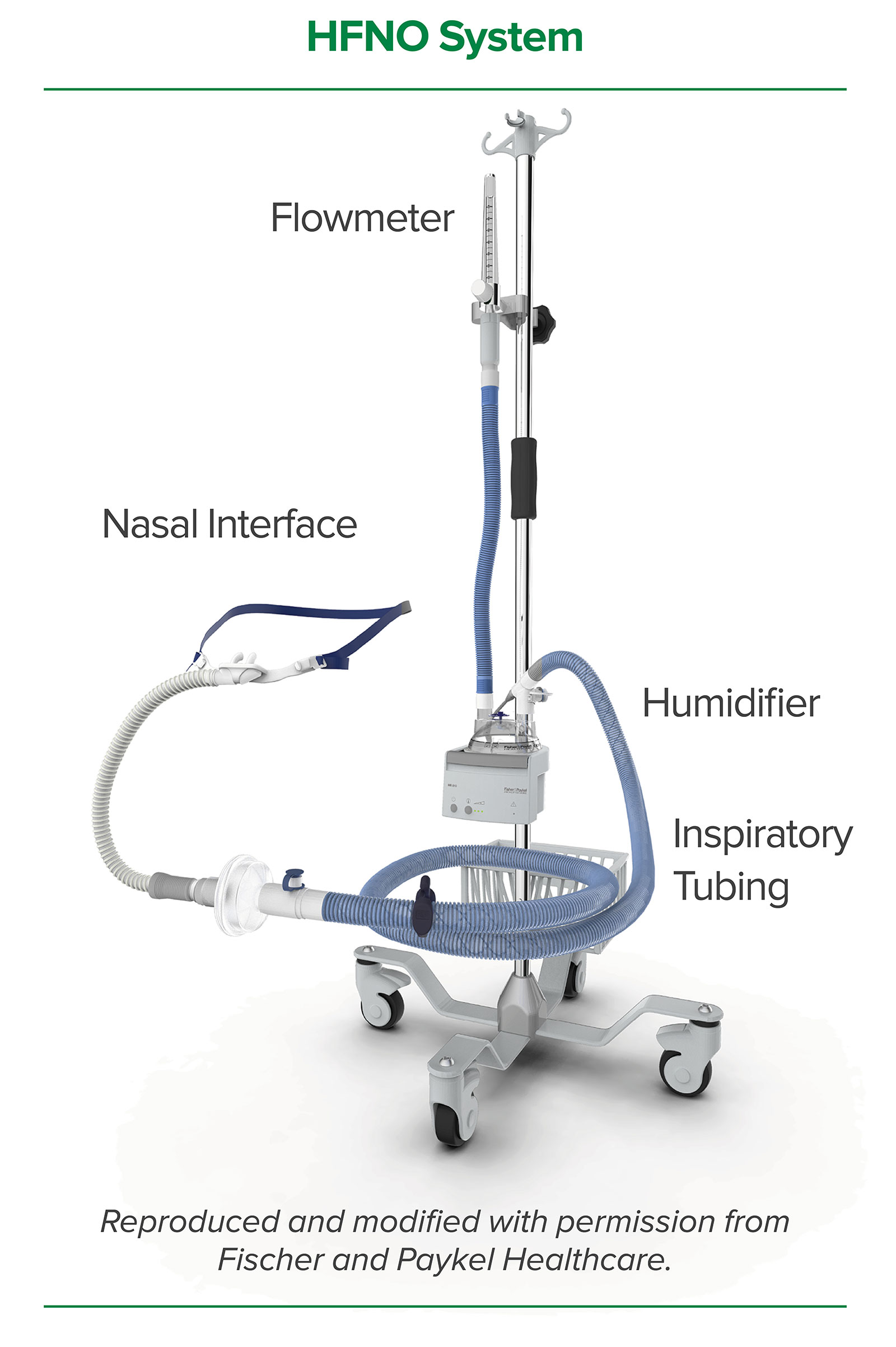heated high flow oxygen vs bipap
Currently most ICU ventilators. The risk difference was 09 95 CI.

Pin On Critical Care Senior Year
It is designed to deliver continuous oxygen therapy up to a maximum flow of 60 Lmin.

. These high-flow nasal cannula HFNC systems enhance patient comfort and tolerance compared with. Oxygen therapy involves only giving you additional oxygen your lung still does the activity of taking oxygen-rich air in and breathing carbon-di-oxide rich air out. 95 CI 180-262 compared with 87 of 414 210.
5 This system provides high-flow 30 to 60 LPM oxygen that is heated to body temperature 37 o C and is fully saturated 100 relative humidity with minimal or no rainout in the tubing. However high velocity therapy and commodity high flow oxygen products dont deliver flow the same way. High-flow oxygen therapy can provide respiratory support for patients with acute hypoxemic respiratory failure and can also prevent.
Oxygen therapy on the other hand is used to treat COPD and other chronic respiratory diseases. HFNC is primarily a flow generator and it is via high flow that it achieves its main beneficial effects of more reliably delivering a targeted F io 2 than standard oxygen supplementation although in a clinical setting accurate measurement of actual F io 2 delivered to the lungs is currently not possible and reducing dead space to improve ventilatory efficiency. Washout of upper airway dead space.
In fact it refers to the flow of gas delivered to the systemLow-flow systems are used in more critically stable patients. CPAP is the method of choice with the use of BiPAP for those with complex respiratory conditions who contract COVID-19. With BiPAP treatment failure occurred in 91 of 416 patients 219.
This includes a high-flow nasal cannula a high-flow source with systems regulating the flow and the FiO 2 a humidifier system and heated tubing. Comparison of High-flow Oxygen vs. In recent years nasal cannulae designed to administer heated and humidified airoxygen mixtures at high flows up to 60 Lmin have been gaining popularity.
These high-flow nasal cannula HFNC systems enhance patient comfort and tolerance compared with traditional high-flow oxygenation systems such. 95 CI 172-253 with high-flow nasal oxygen. CAS Article Google Scholar.
High-flow oxygen therapy is non-invasive respiratory support that delivers warmed humidified oxygen-enriched air to patients. High-flow nasal oxygen therapy was not inferior to BiPAP. Ad Free Shipping - Lowest Prices - Shop Machines Cleaning and Accessories.
There are significant differences that impact patient outcomes. Add and titrate oxygen separately from flow rate. BiPAP can provide a greater amount of mechanical support for breathing.
Traditionally nasal oxygen therapy has been delivered at low flows through nasal cannulae. The use of High Flow Nasal Oxygen HFNO remains contentious with different perspectives in how this modality can be used to treat respiratory failure in COVID-19. Nasal high flow is a form of non-invasive respiratory support that sits somewhere between standard oxygen therapy and nasal CPAP.
It is typically used for spontaneously breathing patients who require oxygen at higher flow rates. Listing a study does not mean it has been evaluated by. However under certain conditions such as COPD-OSA overlap syndrome your doctor may advise you to use both of these therapies.
These high-flow nasal cannula HFNC systems enhance patient comfort and tolerance compared with traditional high-flow. High-flow nasal cannulae in management of apnea of prematurity. The Difference Between Flow in high velocity vs HFNC.
A comparison with conventional nasal continuous positive airway pressure. The treatment failed in 87 of 414 patients with high-flow nasal oxygen therapy 210 and 91 of 416 patients with BiPAP 219 absolute difference 09. HFNC can be delivered from 8-60Lmin 30-60 Lmin in adults and an FIO2 of 100.
No significant differences were found for intensive care unit mortality 23 patients with BiPAP 55 and 28 with high. Positive pressure reduces pre-load and after-load on the heart improving heart failure this works similar to an ACE-inhibitor but easier to titrate and no nephrotoxicity. Gases are delivered to the patient via a simple interface nasal prongs or cannulae which are configured to provide high flow and limit water condensation.
The gas mixture containing up to 100 of oxygen is routed to a heated humidifier delivering gas conditioned at 37 C and completely saturated with water relative humidity. Both high-flow and low-flow oxygen delivery systems are capable of administering a wide range of FiO 2However the terms high and low do not reflect the delivered FiO 2. It has been designed to provide superior comfort and ease of use to patients requiring high flow oxygen therapy.
Alternating nasal positive pressures with either nasal intermittent positive pressure ventilation NIPPV or bilevel nasal CPAP BiPAP and high-flow nasal cannula HFNC. BiPAP in Type II Hypercapnic Respiratory Failure The safety and scientific validity of this study is the responsibility of the study sponsor and investigators. CPAP BiPAP and APAP are used to treat obstructive sleep apnea one of the leading sleep disorders in the country.
The AcuCare High Flow Nasal Cannula is for single-patient use maximum seven days in the hospitalclinical environment. They deliver oxygen at flow rates below the patients respiratory requirements. High-flow Nasal cannula consists of a specific machine and tubing used to deliver a very high flow of oxygen that is heated and humidified.
95 CI -49 to 66. At higher flows comfort is paramount you need an interface designed for the job. HFNC is more comfortable and studies have shown that using HFNC may be a better alternative than using a face mask.
High-flow nasal oxygen therapy was not inferior to BiPAP. BiPAP has some important advantages compared to HFNC. From 21 room air to 10.
The five commonly accepted mechanisms of action for HFNC in general are. Current thinking suggests that NIV and HFNO may be an. Traditionally nasal oxygen therapy has been delivered at low flows through nasal cannulae.
In infants with mild bronchiolitis there is no clinical or cost benefit in starting NHF as first-line treatment rather NHF is best used as a rescue therapy after standard oxygen. In recent years nasal cannulae designed to administer heated and humidified airoxygen mixtures at high flows up to 60 Lmin have been gaining popularity. Difference between High Flow Oxygen therapy and Ventilator in essence is the following.
A variety of interfaces have been designed with Optiflow High Flow Therapy in mind. A ventilator not only gives you additional oxygen it also does the work of your lungs breathe in out.

Examples Of Adult High Flow Nasal Cannulas A Salter Labs 1600hf Download Scientific Diagram

Why Not All High Flow Is The Same Vapotherm

High Flow Nasal Cannula It S Not Just A Bunch Of Hot Air Ems Airway

The Use Of High Flow Nasal Cannula In Patients With Covid 19 Rt

Introduction To The High Flow Nasal Cannula Ems Airway

Heated High Flow Nasal Cannula Oxygen Therapy And Noninvasive Positive Pressure Ventilation 2021 01 06 Relias Media Continuing Medical Education Publishing

Neoflow High Flow Oxygen Therapy Circuits Armstrong Medical

High Flow Oxygen Cuts Ventilator Use Speeds Covid Recovery Cidrap

Aircare1 Now Offering High Flow Oxygen Therapy Capabilities Aircare1

China High Flow Oxygen Therapy Without Air Compressor Nasal Cannula Hfnc China Hfnc High Flow Oxygen

Humidification Systems For High Flow Cannulas A High Flow Bubble Download Scientific Diagram

High Flow Nasal Cannula Oxygenation Utilization In Respiratory Failure European Journal Of Internal Medicine

Heated High Flow Nasal Cannula Oxygen Therapy And Noninvasive Positive Pressure Ventilation 2021 01 06 Relias Media Continuing Medical Education Publishing

High Flow Oxygen Therapy Draeger

Difference Between High Flow Oxygen Therapy And Ventilator

Equipment Used For The Nasal High Flow Oxygen Therapy System We Used A Download Scientific Diagram

Safe Use Of High Flow Nasal Oxygen Hfno With Special Reference To Difficult Airway Management And Fire Risk Anesthesia Patient Safety Foundation

